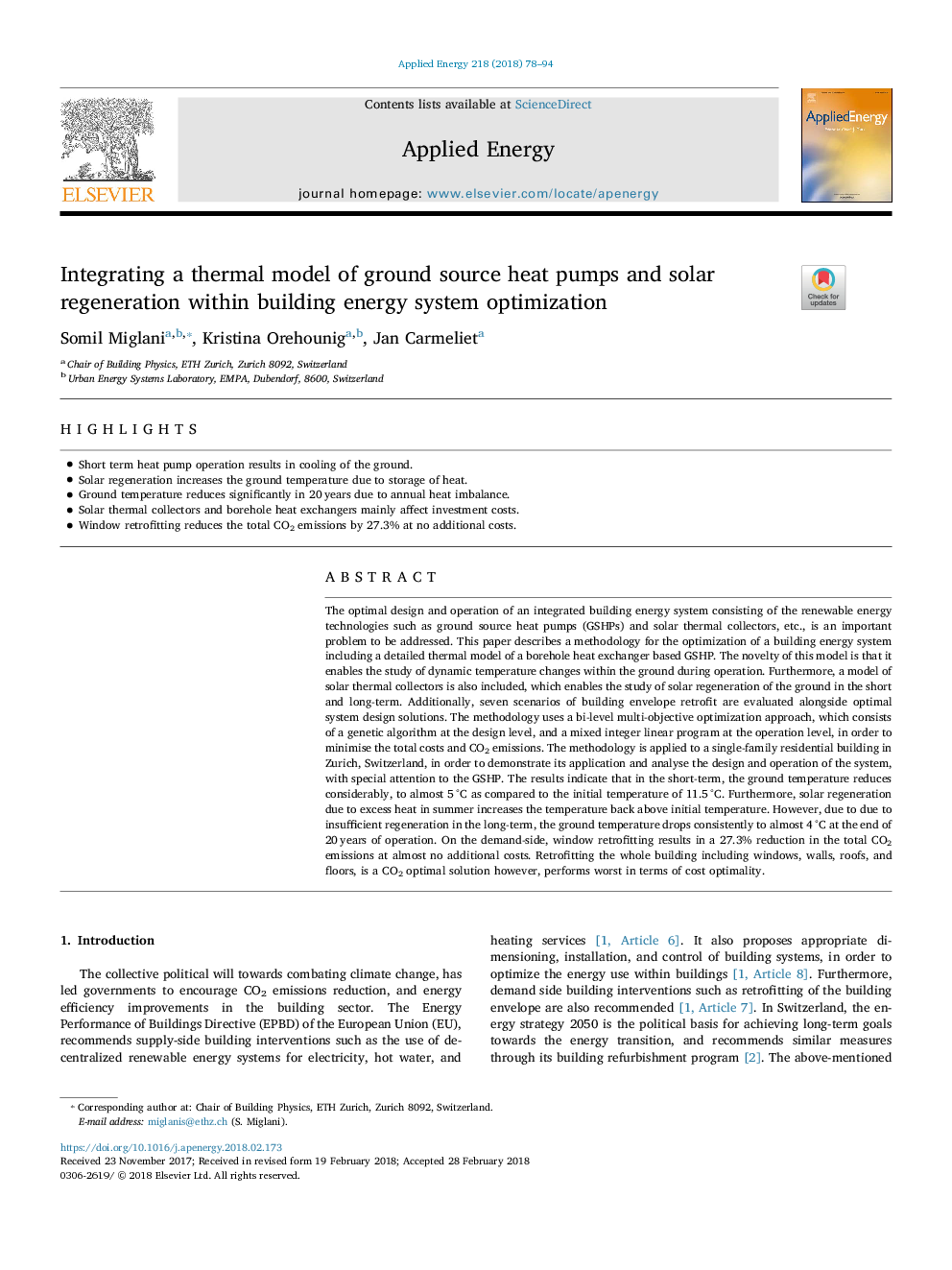ترجمه فارسی عنوان مقاله
یکپارچه سازی یک مدل حرارتی پمپ های گرمای منبع زمین و بازسازی خورشیدی در بهینه سازی سیستم انرژی ساختمان
عنوان انگلیسی
Integrating a thermal model of ground source heat pumps and solar regeneration within building energy system optimization
| کد مقاله | سال انتشار | تعداد صفحات مقاله انگلیسی |
|---|---|---|
| 149137 | 2018 | 17 صفحه PDF |
منبع

Publisher : Elsevier - Science Direct (الزویر - ساینس دایرکت)
Journal : Applied Energy, Volume 218, 15 May 2018, Pages 78-94

